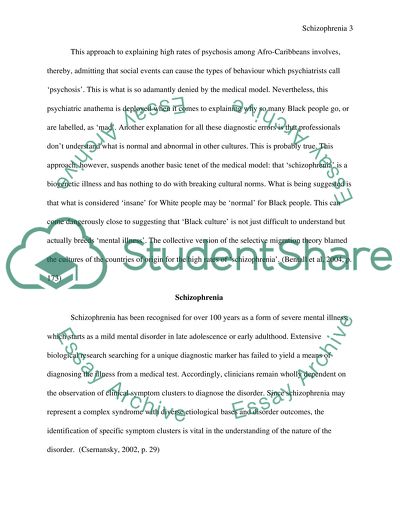Cite this document
(“Mental Illness Essay Example | Topics and Well Written Essays - 1500 words”, n.d.)
Retrieved from https://studentshare.org/health-sciences-medicine/1529658-mental-illness
Retrieved from https://studentshare.org/health-sciences-medicine/1529658-mental-illness
(Mental Illness Essay Example | Topics and Well Written Essays - 1500 Words)
https://studentshare.org/health-sciences-medicine/1529658-mental-illness.
https://studentshare.org/health-sciences-medicine/1529658-mental-illness.
“Mental Illness Essay Example | Topics and Well Written Essays - 1500 Words”, n.d. https://studentshare.org/health-sciences-medicine/1529658-mental-illness.


